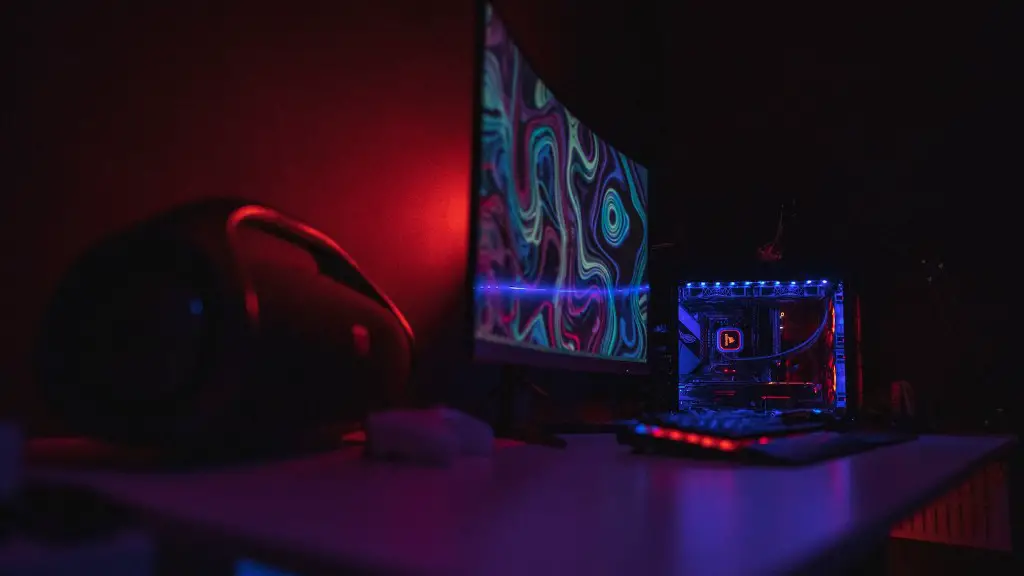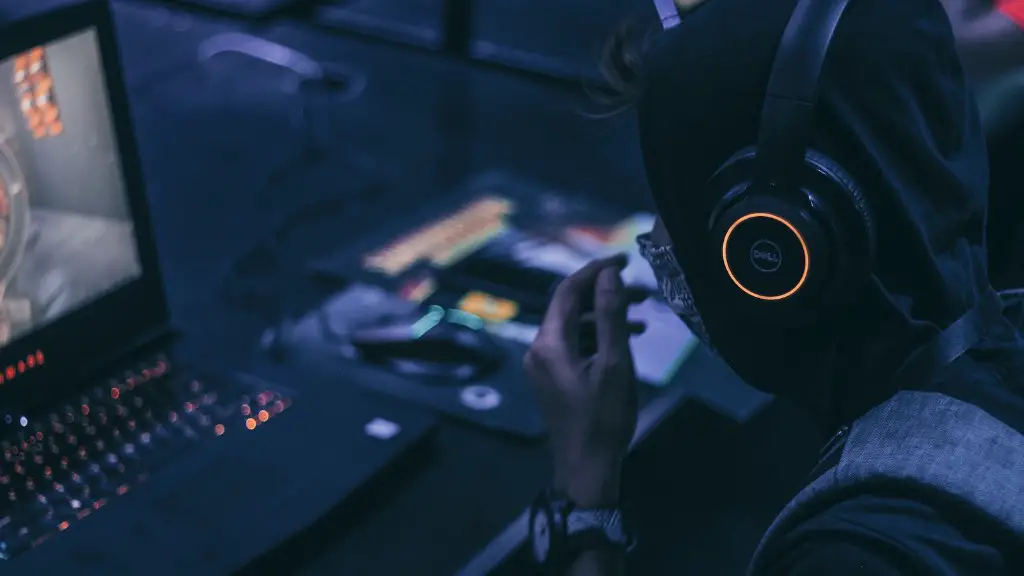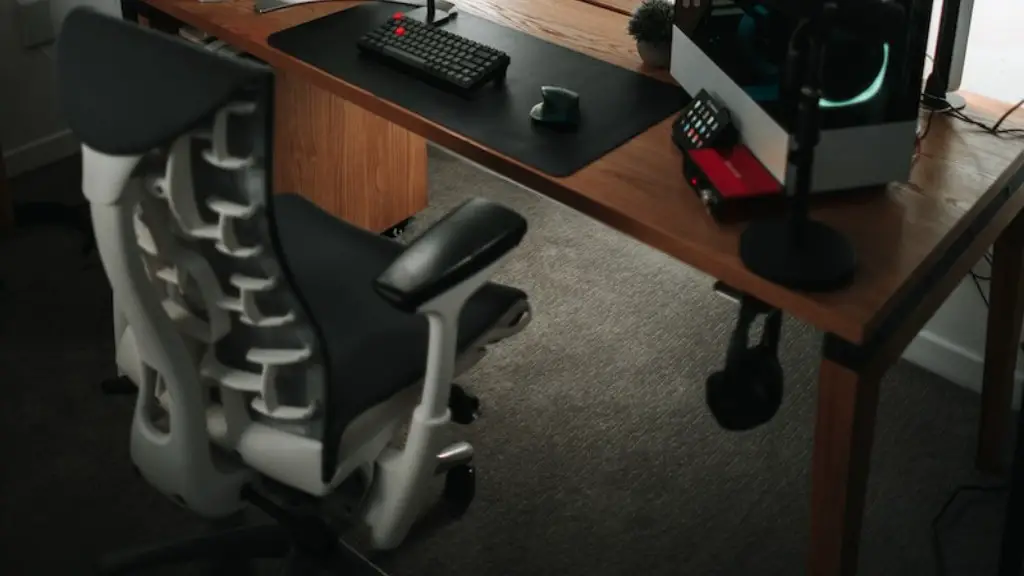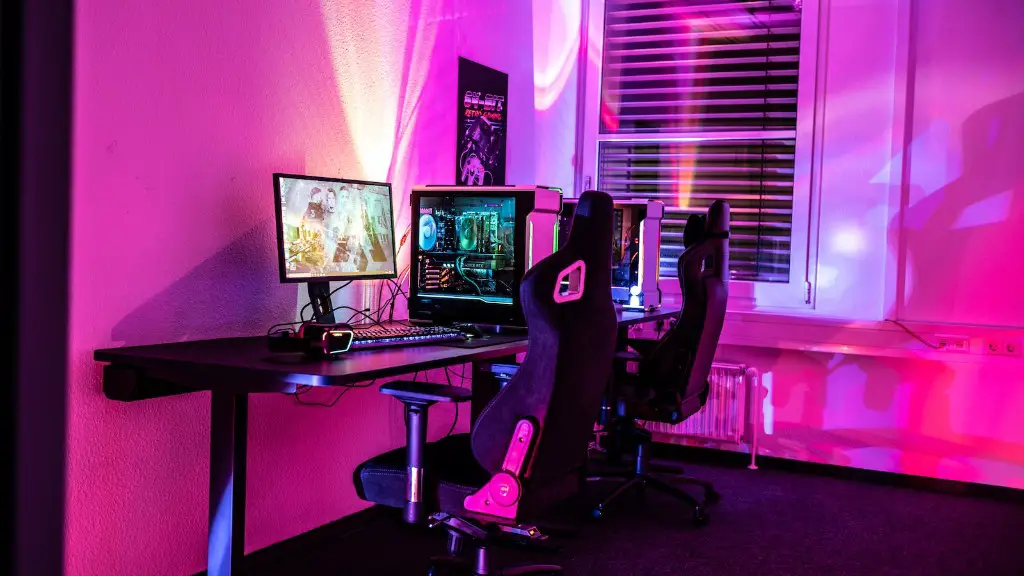A SLI Gaming PC is one of the most powerful and versatile computers available today. It provides gamers with increased performance and higher framerates, which allows them to enjoy their favourite games with the best visuals, sound and responsiveness. But what is SLI? SLI stands for Scalable Link Interface and it is a multi-GPU technology developed by NVIDIA that requires two PCI Express Graphics Processing Units (GPUs) to be installed in the same computer. It works by linking two GPUs together in order to take advantage of either their combined power or the ability to spread the processing load among them.
With SLI, the two GPUs work in tandem to render the same scene with more than twice the performance of a single GPU. This allows for higher in-game framerates, improved image quality and support for higher resolutions. Additionally, gamers can benefit from improved graphical effects and frame buffer that can be improved by using a Dual-GPU Mode. This mode ensures the GPUs work together to produce an even better visual experience.
SLI is a great option for experienced gamers and those looking to build their own gaming rig. However, it’s important to understand what’s needed to get the full benefits of SLI. To use SLI, you need a compatible motherboard that has two PCI Express graphics slots, as well as two compatible graphics cards and a SLI-capable version of the video driver. You also need a powerful power supply and adequate cooling to ensure your hardware runs reliably and efficiently at all times.
SLI technology is the key to squeezing extra performance out of your gaming PC, but it’s important to understand the pros and cons of running SLI. On the plus side, games will look and perform better with SLI. This is especially obvious for games that have lots of graphical effects and need a ton of computing power. But on the downside, running SLI can put extra strain on your system, and it’s important to ensure your hardware is up to it.
In short, SLI Gaming PC is a great option for gamers who want to take their gaming experience to the next level. It may require a bit of setup, but with two powerful GPUs, gamers can enjoy better graphics and more immersive gaming. If you’re ready to get serious about gaming, SLI could be right for you.
SLI vs. Crossfire
SLI is not the only way to take advantage of multiple GPUs; there is also a technology called Crossfire from AMD which works in the same way, although it is slightly less common than SLI. The main difference between SLI and Crossfire is that SLI is optimized for NVIDIA cards, while Crossfire works with AMD cards. When comparing the two, it’s important to look at the performance differences and make sure that the technology you choose is the best for your gaming needs.
Crossfire performance is generally similar to that of SLI, but it is important to note that some cards work better with Crossfire than SLI, and vice-versa. Ultimately, the performance you get from SLI or Crossfire will depend on the specific GPUs you are using, so it’s best to do some research and make sure that the cards you plan to use are compatible.
It’s also important to note that SLI and Crossfire use different ports, so if you plan on using both technologies, you’ll need an SLI-capable motherboard in addition to a Crossfire-capable one. Additionally, the performance from using multiple GPUs can vary depending on the specific game you are playing, so it’s important to check if the game you plan to play is properly optimized for multi-GPU setups.
In the end, both SLI and Crossfire offer their own distinct benefits and performance differences, so it’s important to make sure that you choose the right one for your gaming needs.
SLI SLI Scalability
One of the great benefits of SLI is its scalability. You can add more GPUs to an SLI setup, with the maximum number of GPUs depending on the particular SLI mode in use. Currently, there are two SLI modes – 2-way and 3-way – that can be used to get more performance out of more than two GPUs. It’s important to note that each mode requires its own dedicated SLI bridge, as well as compatible graphics cards.
Adding more GPUs to an SLI setup can significantly increase graphics power and it also allows for more complex graphics effects like antialiasing, which can reduce the appearance of jagged edges in-game backgrounds. Additionally, the SLI scalability feature allows the user to adjust the performance from each GPU to get better scalability and improved frame rates.
Ideally, a gaming rig should have at least two GPUs installed for SLI scalability if the user plans on using it in the future. This setup provides the flexibility to add more GPUs for increased performance without having to buy an additional card. It’s also important to note that the SLI scalability feature is only available on SLI-capable motherboards and SLI-Ready GPUs.
Making the Most of an SLI Setup
If you want to make the most of your SLI-enabled gaming PC, there are a few key tips and tricks you should keep in mind. First, be sure to use the latest video driver and SLI bridge that are compatible with your setup. This ensures that all GPUs are working together as efficiently as possible and can help to maximize performance.
It’s also important to ensure that your hardware is up to the task. For example, if you’re running an SLI setup, you should make sure your power supply is up to the task of powering two GPUs instead of one. Additionally, having adequate cooling for all of your hardware is essential for making sure everything runs reliably and efficiently.
Finally, be sure to test your SLI setup thoroughly. You can use various benchmarking tools and stress tests to see if your hardware is running at its best, or if there are any issues that need to be addressed. This should help you get the most out of your SLI-enabled gaming PC.
Optimizing GPU Settings for SLI
To maximize the performance of your SLI setup, you’ll have to tweak the GPU settings. For example, you may want to enable pre-rendered frames, which can help to reduce latency and improve the responsiveness of the system. Additionally, be sure to enable V-Sync, which can help improve image quality and reduce the tearing that can occur with gaming.
It’s also important to adjust the SLI mode in the NVIDIA Control Panel. Here, you can choose from various performance and image quality modes, depending on your gaming needs. Additionally, you can adjust the PCI-E slot the GPU sits in, and the location of the SLI bridge. This allows you to adjust the performance and stability of the SLI setup.
Finally, you can adjust the size of the frame buffer, which is the amount of memory available for the GPUs to use. Increasing the size of the frame buffer can improve graphical performance, but it can also increase the power consumption of the GPUs.
Conclusion
SLI Gaming PC is an ideal way to get the most out of your hardware and take your gaming to the next level. SLI can provide gamers with increased performance, improved image quality and the ability to configure the settings for maximum performance. By understanding what’s needed for a successful SLI setup and optimizing your GPU settings, you can make sure you get the best gaming experience possible.




